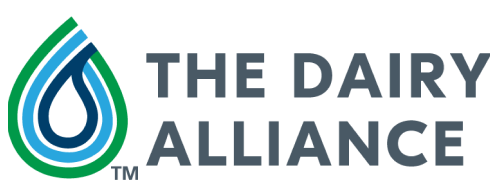Milk Cartons: American School Nostalgia at its Best
Milk cartons, how nostalgic. Remember heading to the school cafeteria at lunchtime? Even if you brought a packed lunch, your mom sent you to school with milk money to buy a carton of fresh, creamy milk (though you sometimes saved up to sneak an ice cream instead). Getting milk money every day for school was exciting and rewarding.
Let’s explore the history of school milk cartons, how they came to be in schools, and what the future holds for this American staple.
Milk Cartons: An American Tradition
Drinking from a milk carton is a shared childhood memory that sends us to the refrigerator every time we remember it. We become sentimental whenever that small carton of milk appears in a packed lunch or restaurant cooler. Yet, how did that memory-creating school milk carton come to be?
The inventor of the milk carton and the inspiration for smaller milk cartons are disputed. First, there was G. W. Maxwell, who had cartons built by hand before coating them in paraffin wax to make the cartons waterproof. Some flaws prevented a quick adoption of the paper packaging. Mainly, the milk cartons were fully assembled. Already-formed cartons caused storage difficulties, requiring more shipping expenses. (Think how much space an assembled box takes up compared to one that is broken down.)
This inspired the other milk carton inventor, John R. Van Wormer, who sought to design a milk carton that dairy workers could unfold, glue, and package as needed. Van Wormer received a patent for his milk carton for one-time use, which he called “Pure-Pak,” in 1915. Unlike Maxwell, he developed machinery that could quickly manufacture cartons, giving them a chance to be a popular packaging option.
The gable-top carton with a spout released by a well-practiced pinch became an efficient, lightweight packaging when compared to the reused, heavy glass bottles then in use. Though a polyethylene coating later replaced the paraffin wax, the carton needed no major improvements. But, like today, Americans were attached to drinking milk from bottles. It was the steady increase in the cost of glass over time that made companies switch to paperboard milk cartons by the 1950s.
Long Live Carton Milk
A small, single-serve version of milk in this cost-effective packaging is a common sight in school cafeterias, but how students enjoy their milk is changing. Some schools serve milk in single-serve plastic bottles for younger students who struggle to open a carton on their own. Others have introduced a more environmentally friendly system where milk is stored in dispensers for students to pour as much milk as they want into reusable cups, cutting back on the packaging trashed and encouraging students to drink more milk at mealtimes.
Even classic school milk cartons have become more sustainable, with paperboard materials comprised more and more of recycled materials. Many teachers and parents use leftover milk cartons for fun and educational activities.
Regardless of how you enjoyed it, those gulps of milk during your school day break are a childhood memory you’ll never forget. Raise a glass to the school milk carton we all know and love.
For more information on milk and other dairy products, visit The Dairy Alliance blog for recipes, statistics, and more.






